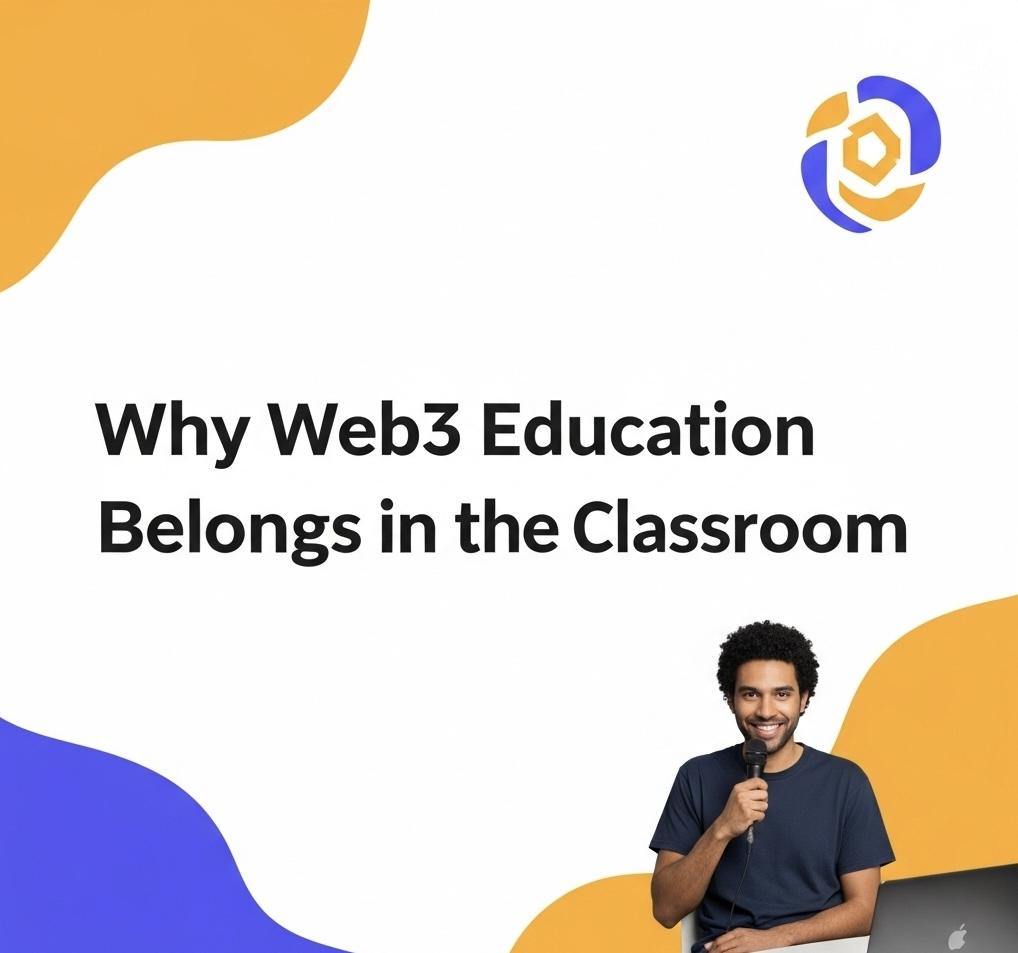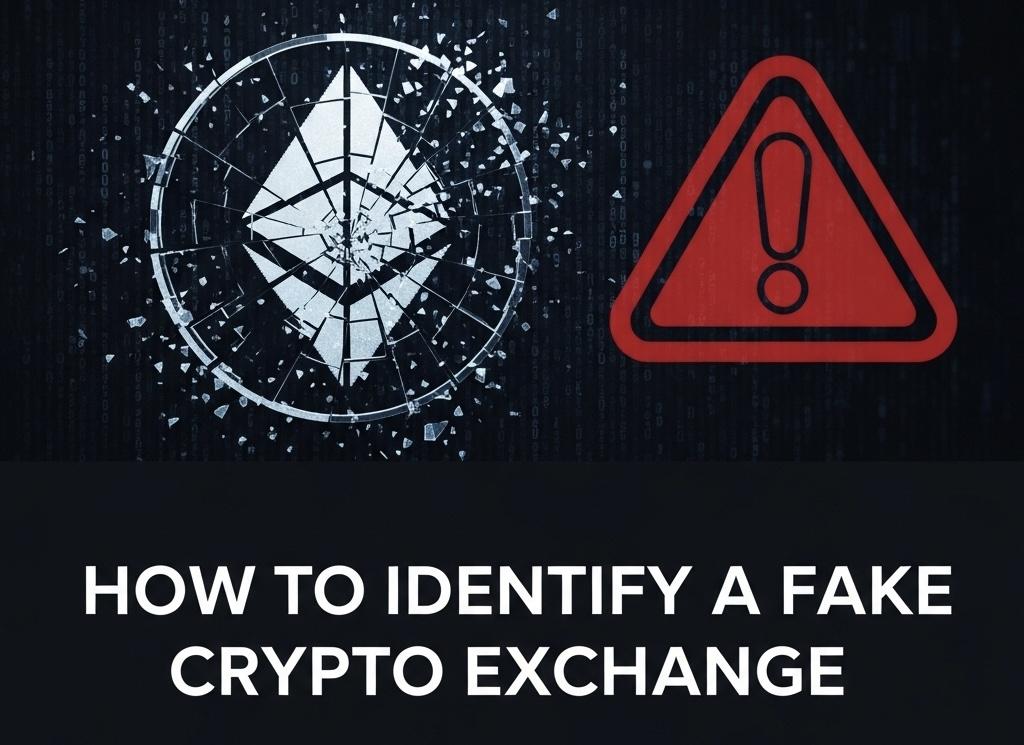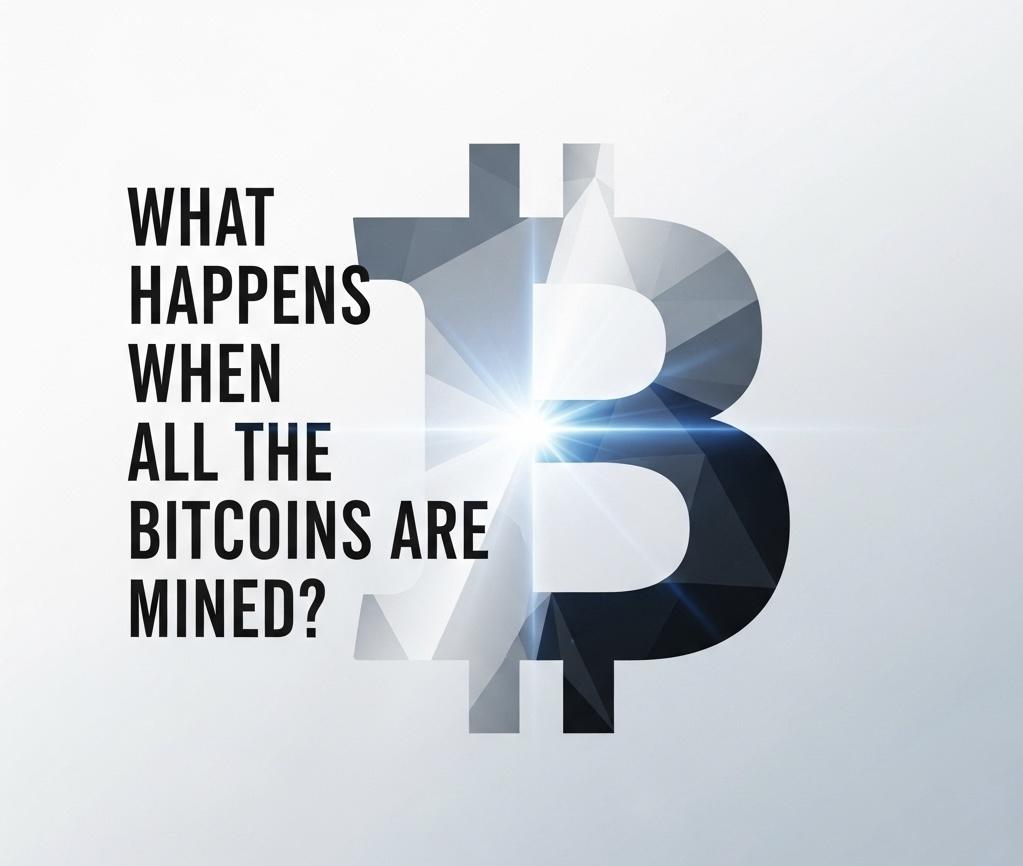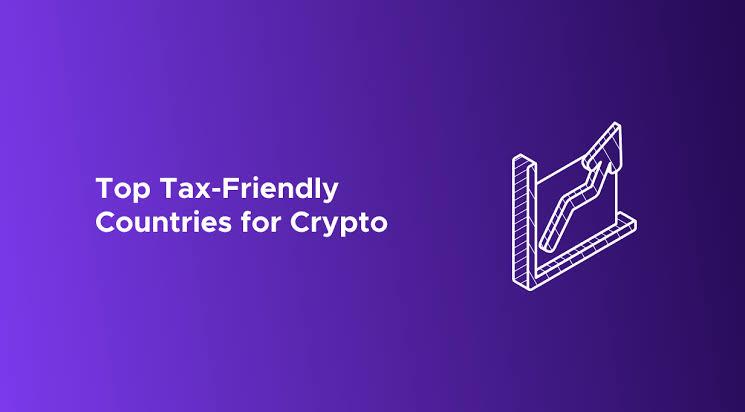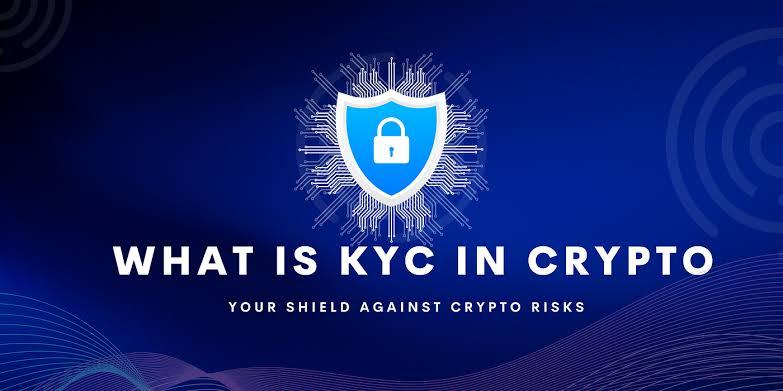The internet is evolving and so should education. As blockchain, cryptocurrencies, NFTs, and decentralized technologies continue to shape the future of finance, communication, and even governance, one thing is clear: Web3 isn’t just a trend, it’s the next phase of the digital world.
Here’s why Web3 should be a part of mainstream education, and why introducing it now is more important than ever.
1. It Prepares Students for Future Jobs
Web3 is already creating jobs in blockchain development, smart contract auditing, crypto marketing, NFT design, DAO coordination, and much more. These are roles that didn’t exist 5 years ago, and they’ll only grow.
Teaching students how decentralized technologies work gives them a competitive edge in a rapidly changing job market. It's the same as how computer classes became essential in the early 2000s, Web3 is that next leap.
2. It Teaches Digital Ownership and Responsibility
Web3 shifts the power of data and identity from companies to individuals. Through crypto wallets, NFTs, and decentralized identity systems, students can learn about owning their data, securing their privacy, and participating in online systems with transparency and control.
These are not just technical skills, they’re lessons in personal responsibility, financial literacy, and digital citizenship.
3. It Encourages Innovation and Entrepreneurship
With Web3 tools, anyone can launch a project, raise funds through token models, or build a decentralized app (dApp). By teaching Web3, schools empower students to think beyond traditional startup paths and explore new, global ways of building value.
Even students with non-technical backgrounds can contribute to Web3 ecosystems through design, community building, governance, and storytelling.
4. It Bridges Finance, Tech, and Ethics
Web3 naturally blends multiple subjects: economics, computer science, political theory, and ethics. It opens up real conversations about decentralization, transparency, climate impact, and digital rights, topics that matter to the next generation.
It encourages students to think critically about the systems we use and how they can be improved.
5. It Reduces the Learning Gap
Right now, only a small percentage of people truly understand how Web3 works, and that creates a gap in opportunity. Teaching it in schools helps close that gap and ensures more people from diverse backgrounds can participate in the future of the internet.
It’s about equity, inclusion, and making sure no one is left behind in the next digital revolution.
Web3 is not just about crypto or blockchain, it’s about rethinking how systems work in a more open, transparent, and inclusive way. By teaching it early, we’re not just preparing students for jobs, we’re preparing them to be creators, thinkers, and leaders in the internet of the future.
The world is changing. Classrooms should too.
